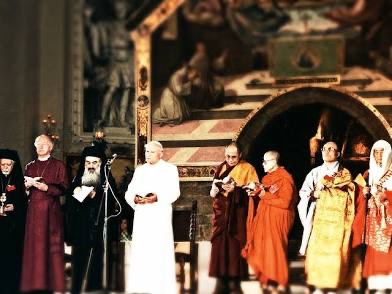On September 8th, 1907 Pope St. Pius X condemned the theological methods and doctrines of the Modernism. He labeled it “the Synthesis of all Heresies.” But what is it? And what philosophers and theologians were influenced by it? THREAD 
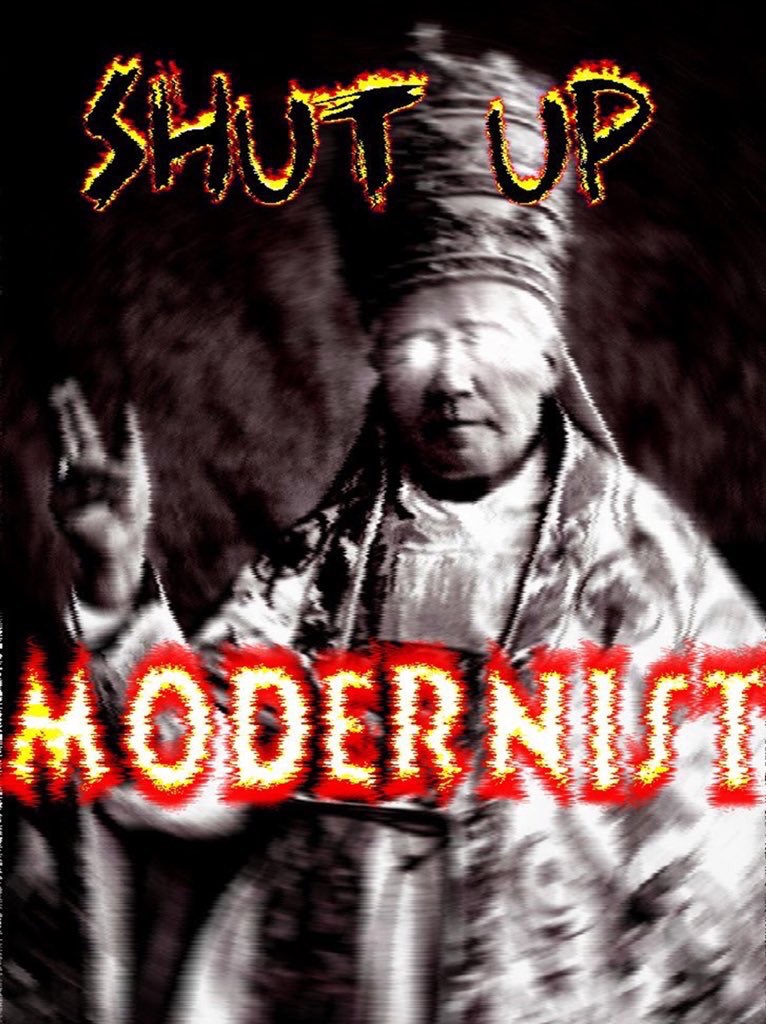
A quick note: this will be a long thread. But at the end I will provide a link to more easily read the thread, so simply scroll to the bottom for an easier format.
To begin, we will present once more JPII’s (Wojtyla’s) teaching that every religion began through the “primordial human openness to God” and that there is self transcendence. What does that mean? What is this idea’s genealogy? 
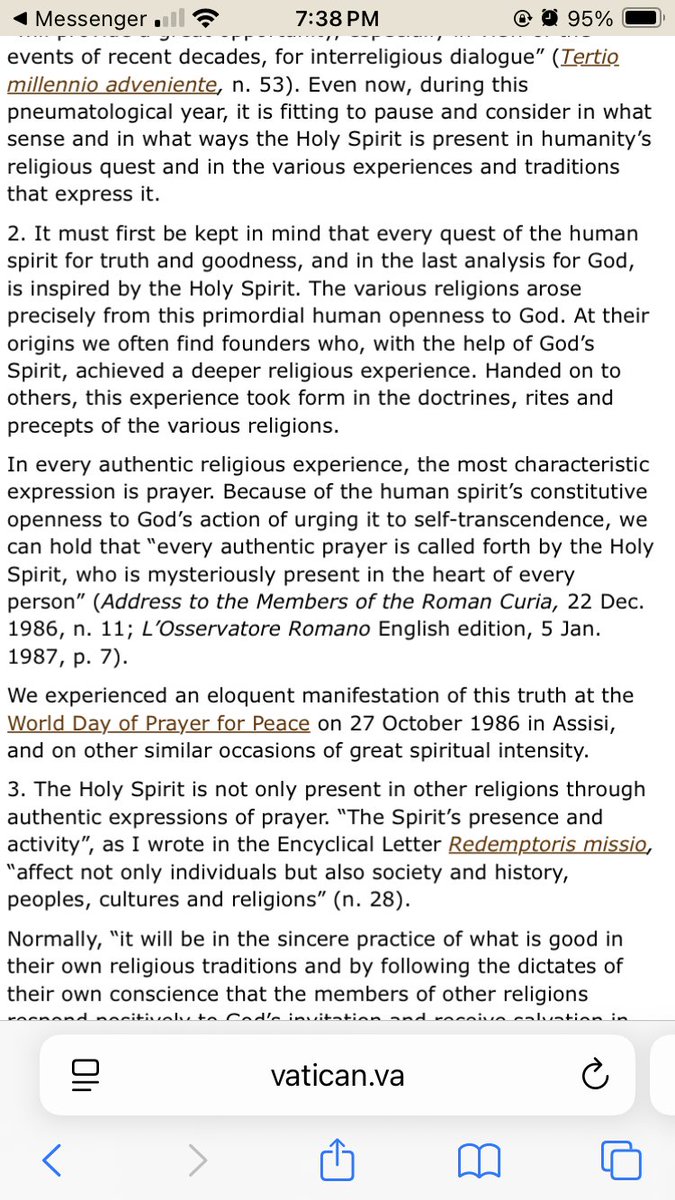
To understand the Modernist doctrines and methods of transcendence and immanentism we will need to go back to the condemnations of Pope Innocent XI
@WalmartThomist has done a great job presenting the condemnations of Ripalda, while ironically trying to argue that JPII and Ratzinger did not contradict faith in the strict sense.
Ripalda taught that there is a distinction between broad and narrow faith. Broad faith would believe that the elements of truth in false religions, supernaturalized by the Holy Ghost, could lead to salvation. 



This view is considered absurd by traditional Catholic theology due to the teachings of Scripture, Trent, and the Vatican Council on the necessity of Faith for salvation.
However, as we just saw above, this is the teaching of JPII and other supposed claimants to the papacy. So what happened?
The modernist crisis introduced the concepts of immanentism and transcendence to Catholic theology, challenging the consensus of Scholasticism. But where did modernism begin?
Maurice Blondel was a French philosopher who wrote “A Letter on Christian Apologetics” in 1896. This was a follow-up to his doctoral thesis “Action” (1893) 
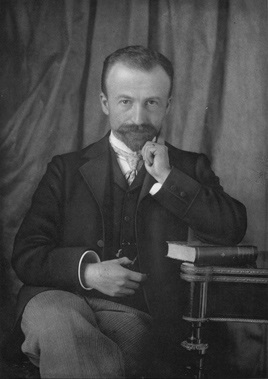
I will be using Gabriel Daly’s “Immanence and Transcendence: A Study in Catholic Modernism” to present his ideas. 
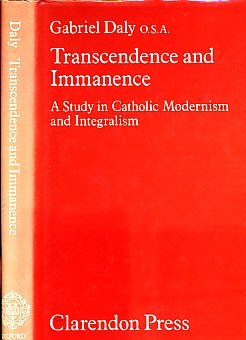
Another important factor to keep in mind is the traditional distinction between nature and grace. Take these few lines from Father Joseph Scheeben as an example. 
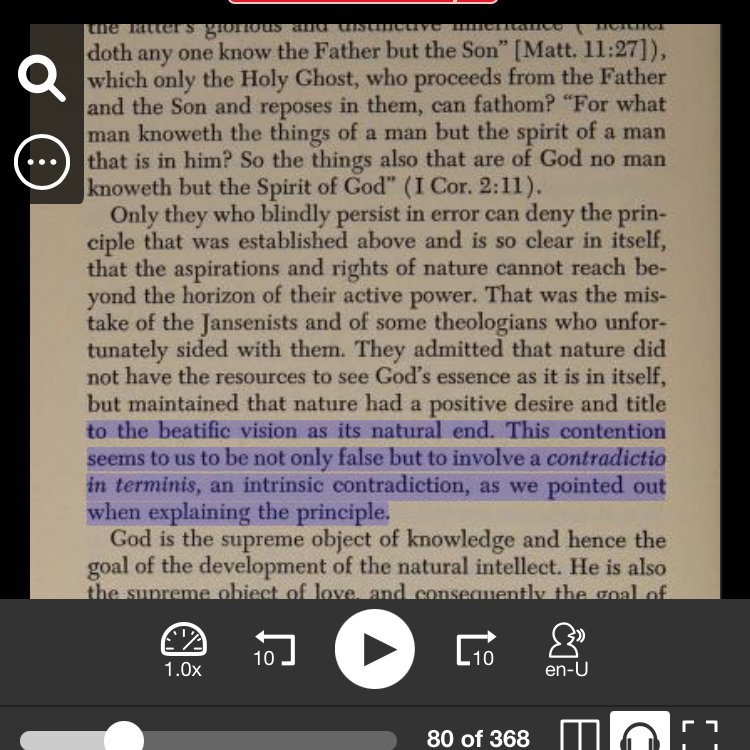
For Scholastics, there was a strict delineation between nature and grace, nature could only take you so far in the love and knowledge of God. 

In his work Blondel challenged the Scholastic definition of truth, their method of epistemology, approach to apologetics, and the distinction between nature and grace. 

Blondel would attempt to use the methods and philosophy of Kant against the Kantians and immanentists. Just as Kant replaced Descartes, and Descartes replaced Aristotle, he wanted to replace Kant. 

To do this, he denied Aristotle’s and Descartes’ definitions of truth. He was trying to do to Catholicism what Schleiermacher had done for liberal Protestantism. 
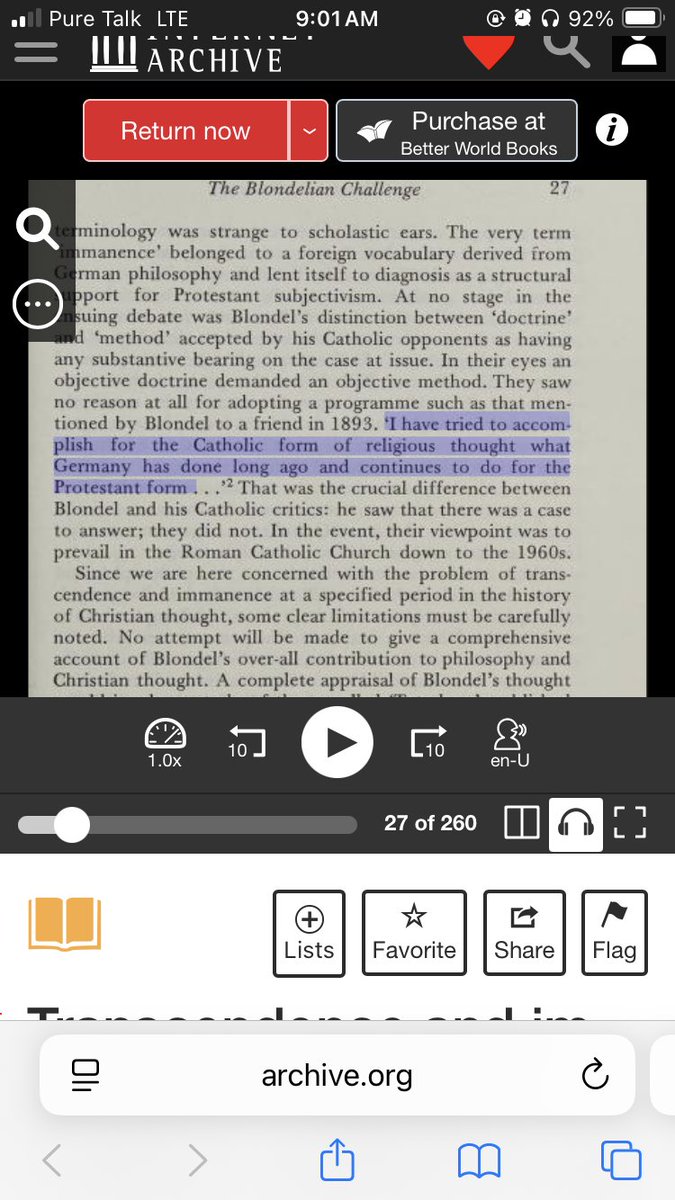
Blondel’s definition of truth as “living and active” comes from two concepts: immanentism and transcendence. He explained how “extrinsicism’s” idea of miracles as a mode of credibility is an inefficient apologetical method and an intrinsic need for God must be taken into account. 

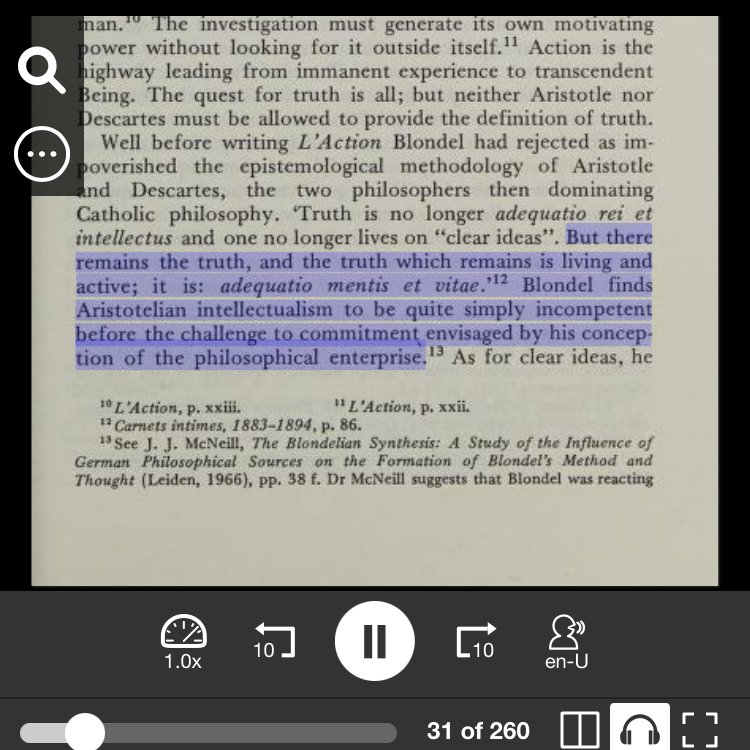

What is important to note is that Blondel believed in an interior need for God and the Transcendent based on human action. This interior need develops into the “primordial human openness to God” we discussed above with Wojtyla. 

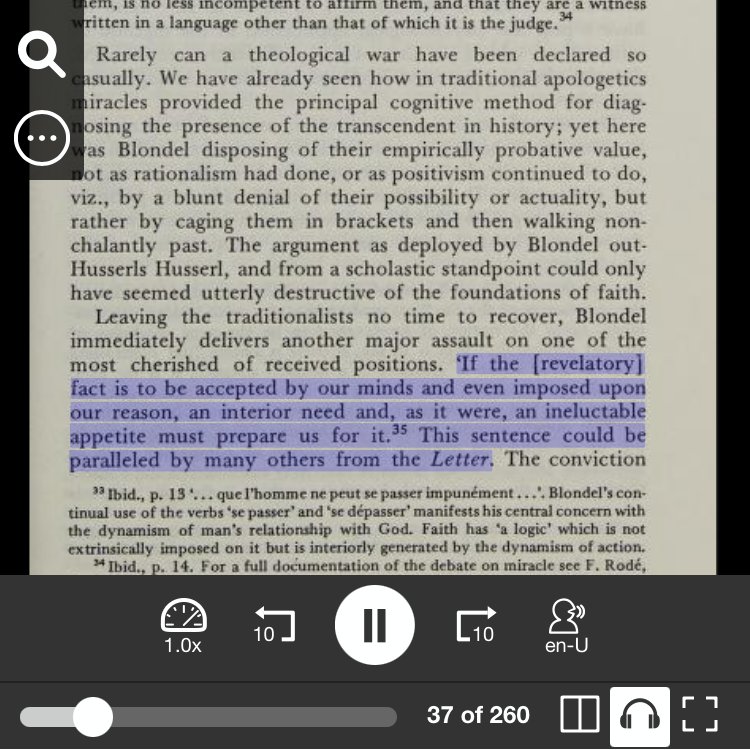

Pope Pius X condemned Modernism, namely, immanentism and transcendence both as doctrines and as methods in his encyclical Pascendi Dominici Gregis. 
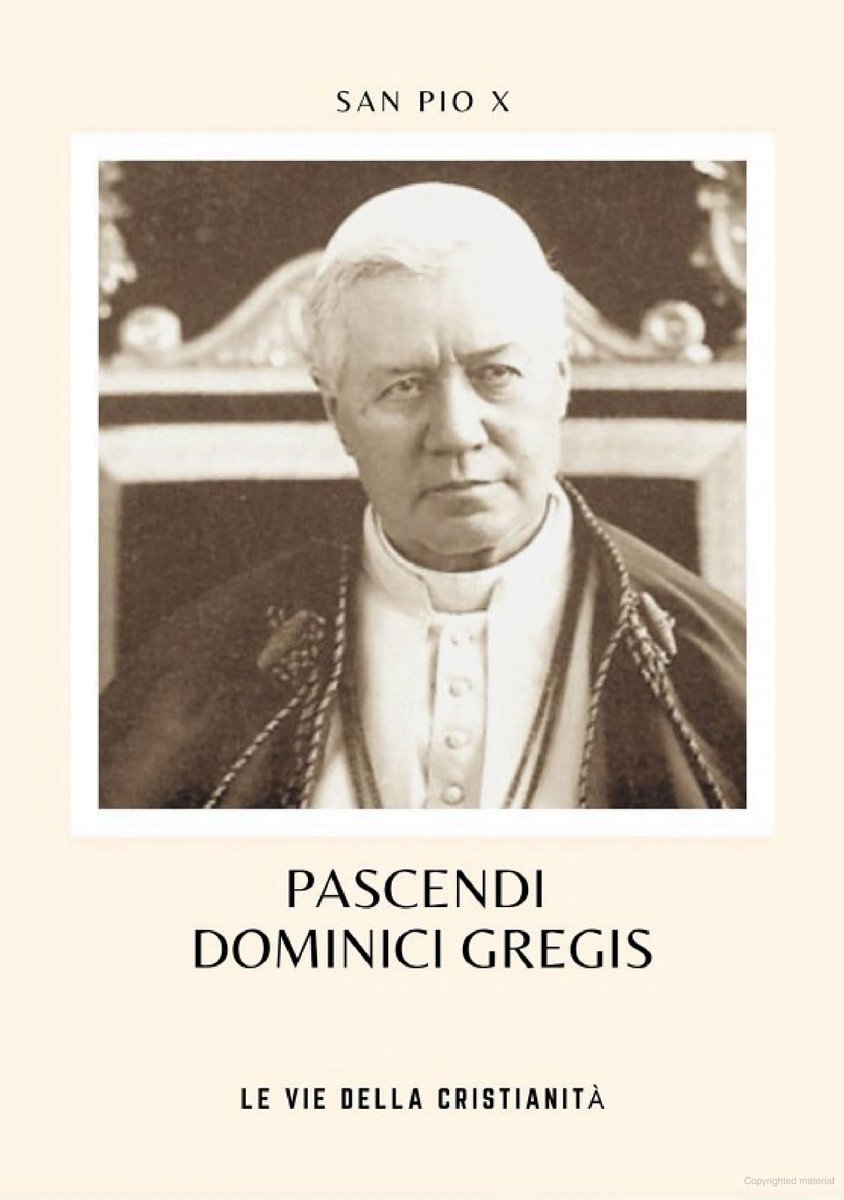
Blondel had accepted immanentism both as a method and principle in his letter on apologetics, so this was a crushing blow 

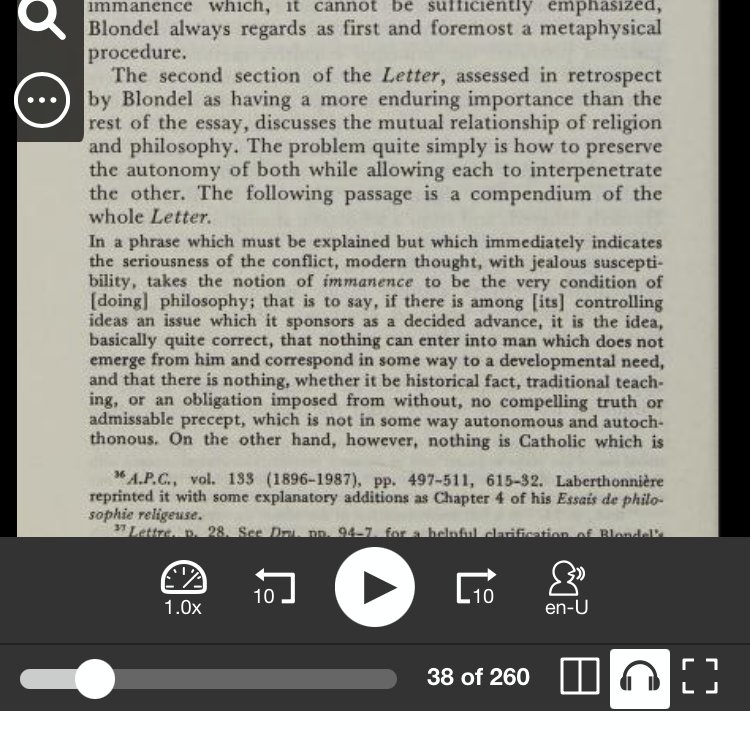

Blondel was devastated by Pascendi, as documented by William L. Portier. He desired to display obedience, while also tirelessly converting Scholastics toward phenomenology and immanentism. 
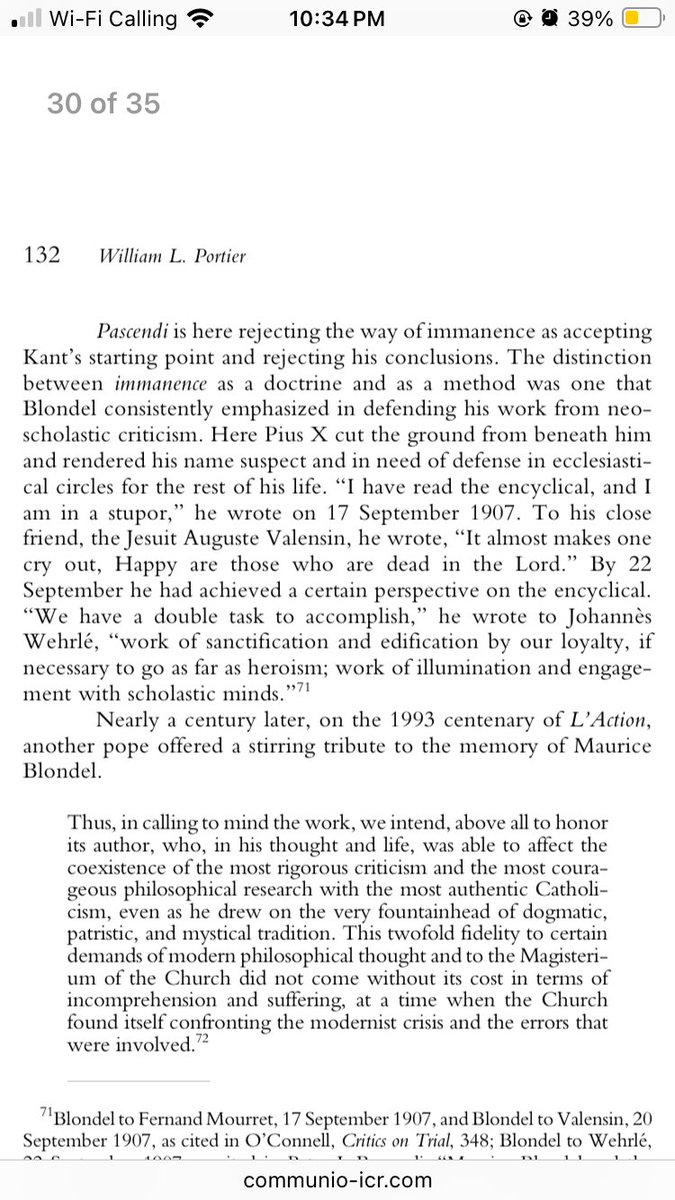
Daly also accounted how distraught Blondel was, and the concessions he made in his methodology to avoid condemnation. 


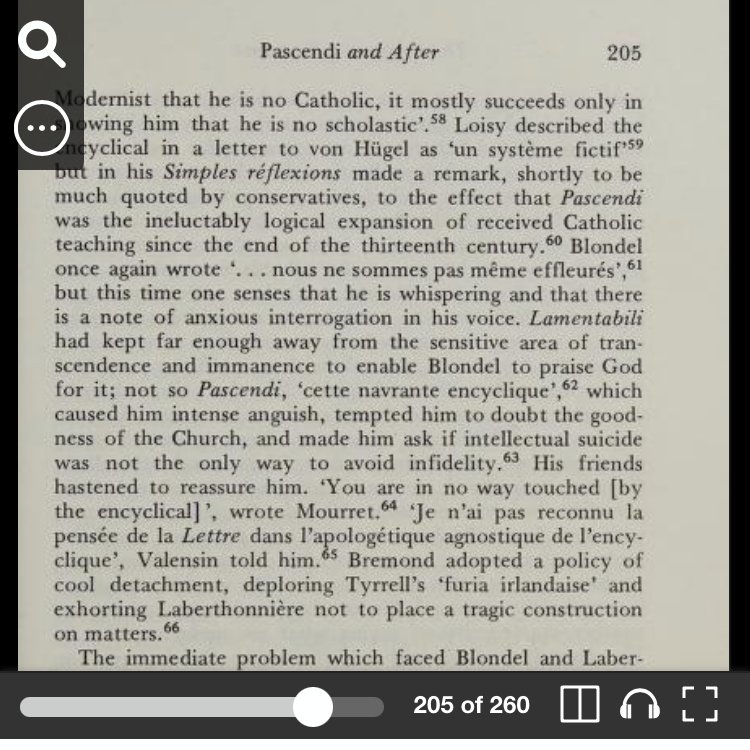
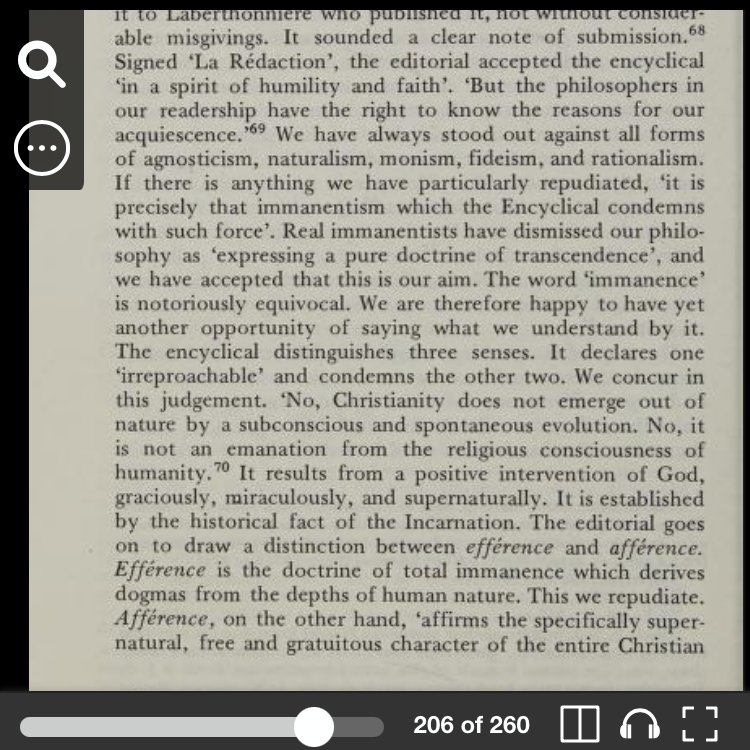
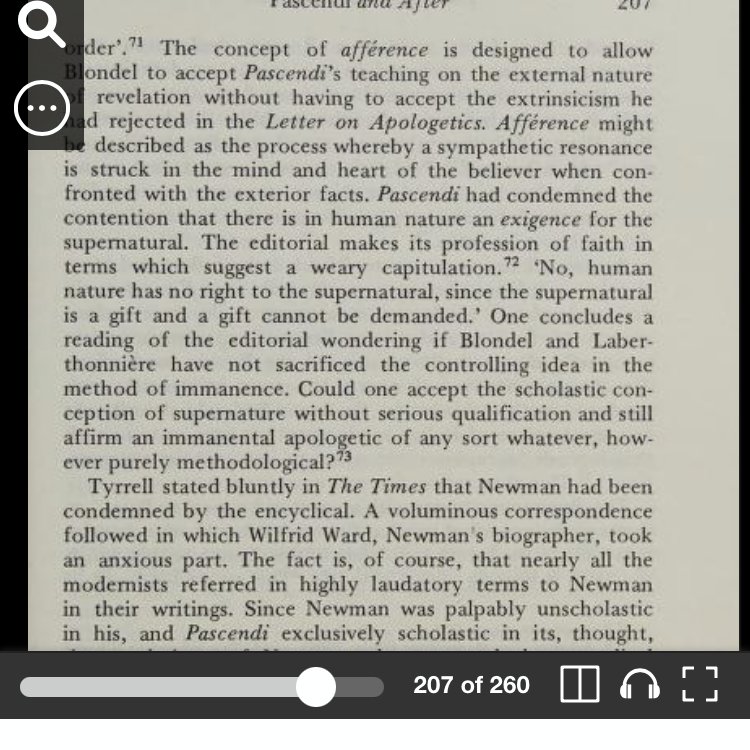
Other theologians and philosophers known as Integralists explained why modernism must be condemned and denounced. 

Integralists critiqued Modernism’s belief “that God could be found within the soul of every right-thinking and good-living person” as “pure subjectivism” and relativism. 



Garrigou-Legrange wrote an article about the connection between phenomenology and the encyclical Pascendi, stating phenomenology was incompatible with Catholic doctrine and would lead to the conclusion that every religion has degrees of the true faith. 

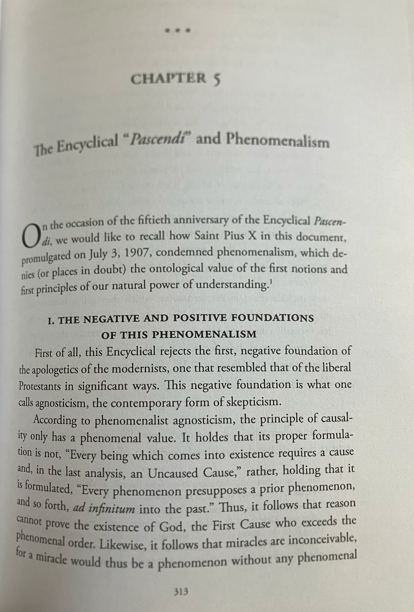
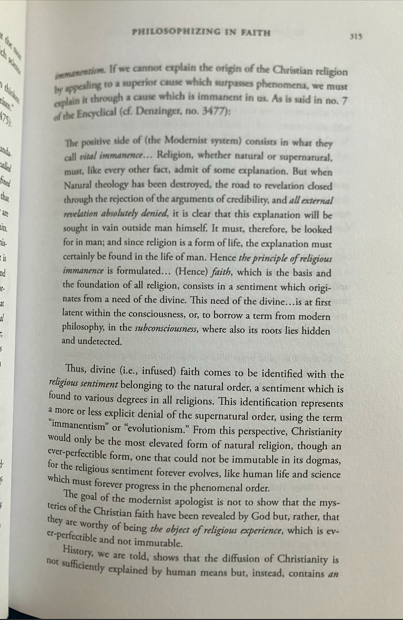
One interesting tidbit is that a group of young Italian modernist seminarians responded to Pascendi saying they “seek and find within themselves an inexpressible Reality which directs their lives towards the Good and the True and which they call God.” Sound familiar? 

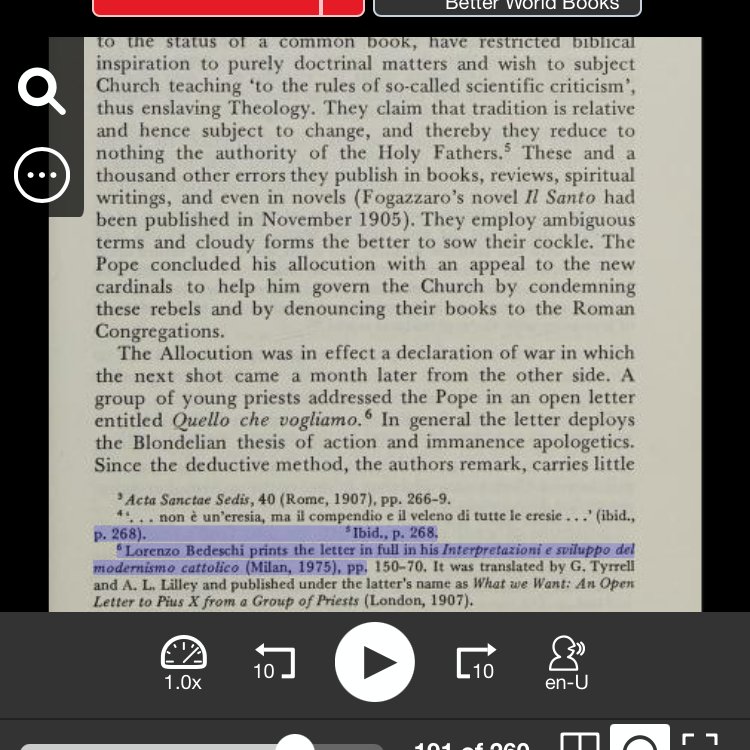

While Blondel may have been put in a corner by Pascendi, and forced to rework his apologetic strategy so as to no longer be considered immanentism, he had made young converts to his thought as we will explore next. 
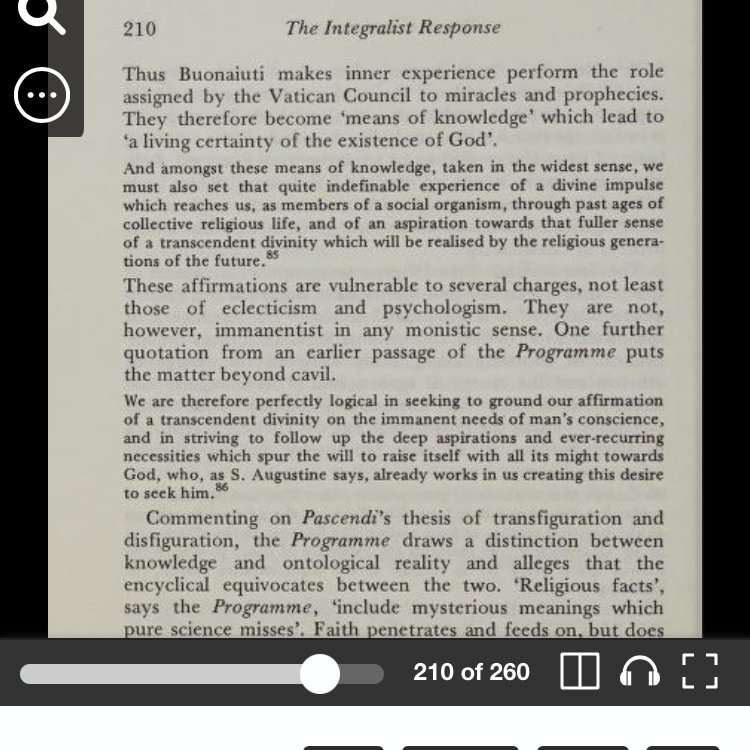
Now that the dust has settled from the explosive encyclical, scholars are openly and proudly admitting the influence of Blondel on De Lubac, Rahner, and even Wojtyla (JPII).
Henri De Lubac was a French Jesuit priest who was eventually silenced by Pope Pius XII for his investigations on a new relationship between nature and grace. 

De Lubac wrote letters to Blondel stating how significant of an impact “Action” had on his life. de Lubac's significant debt to Blondel has come to light only gradually. “It is confirmed by de Lubac himself in the memoir published shortly before his death.”
This knowledge was probably kept under wraps because there had grown a stigma against Blondel after the encyclical Pascendi. 

De Lubac entered theology "through the narrow gate of philosophy, specifically the philosophy of Maurice Blondel…During my years of philosophy…I had read with enthusiasm Maurice Blondel's Action, Lettre (on apologetics) and various other studies.” 
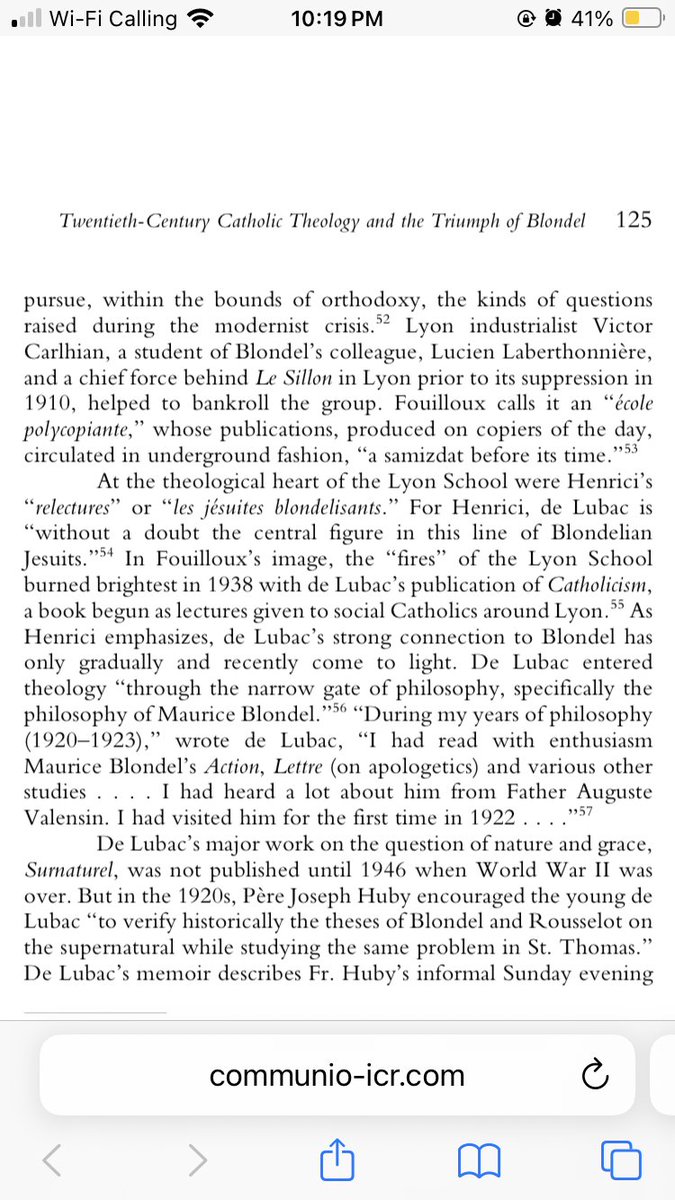
de Lubac to Blondel on the source of inspiration for his work “Supernatural”: "It is in fact the study of your work that made me begin, some eleven years ago, to reflect on these problems, and I believe that I have remained faithful to its inspiration." 

He gave a speech in the 1930s stating how the “specks of light” in non-Catholic religions can bring men to salvation, through the fullness of light found in Catholicism. Christ and the Church work through the specks of light to bring non-Catholics to salvation. 



Rev. John King analyzed this speech and pointed out that the efficacy of these “specks of light” and “elements of true religion” as a novelty. Garrigou-Legrange identified this as modernism. But, this is the precise teaching of JPII. 


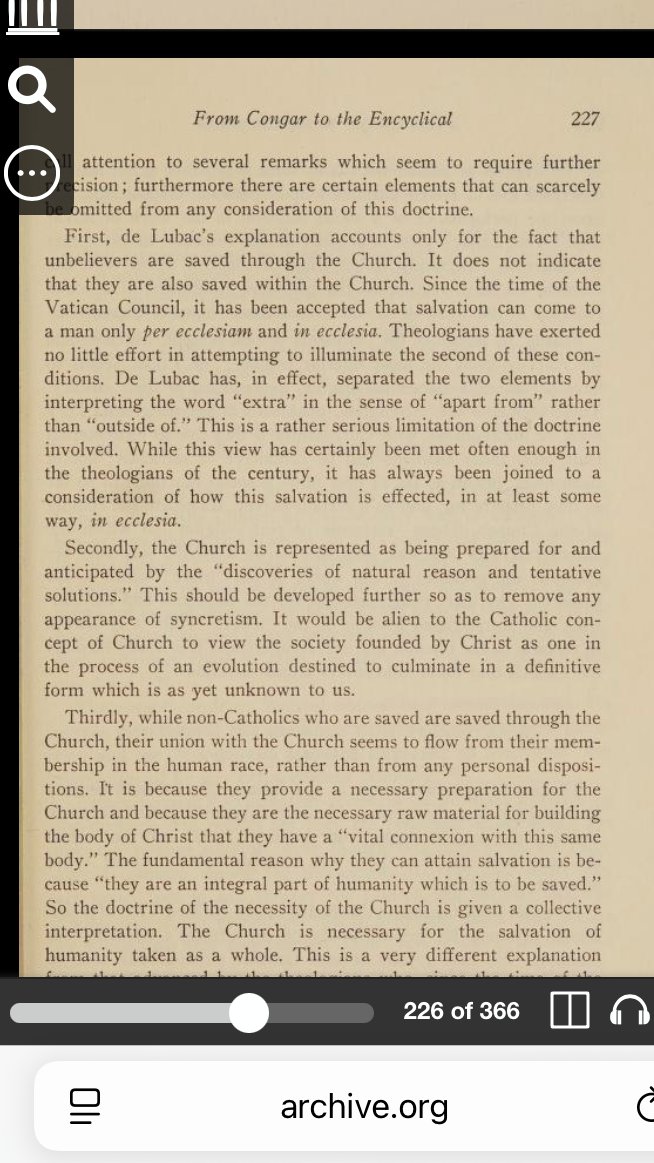


Theologians began to take the philosophy of Blondel and incorporate theological concepts such as the universal salvific will to baptize immanentism and transcendence.
While Blondel’s influence is not as explicit, a study of Rahner’s concepts such as the supernatural existential and the anonymous Christian will reveal overlaps and developments.
The theology of Rahner is notoriously difficult to read and comprehend. His brother joked “someday I will translate his the theology into German.” (The original language it was written in).
As previously mentioned, Rahner started with the universal salvific will of God and used this concept to ground an immanent connection to the divine within human nature. This is the idea of the supernatural existential. 



This idea is described in Kenneth D. Eberhard’s “Karl Rahner's Doctrine of the Supernatural Existential.” (1969) If God desires all men to be saved then there must be a way for all men to come to know him. 

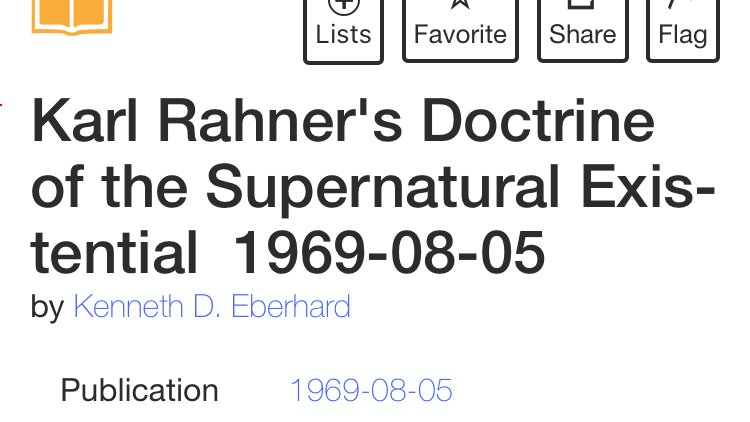

Rahner concludes that the Scholastic distinction between nature and grace and their understanding of sanctifying grace must be incorrect, since he thinks scripture teaches all men have the indwelling of the Holy Ghost. 


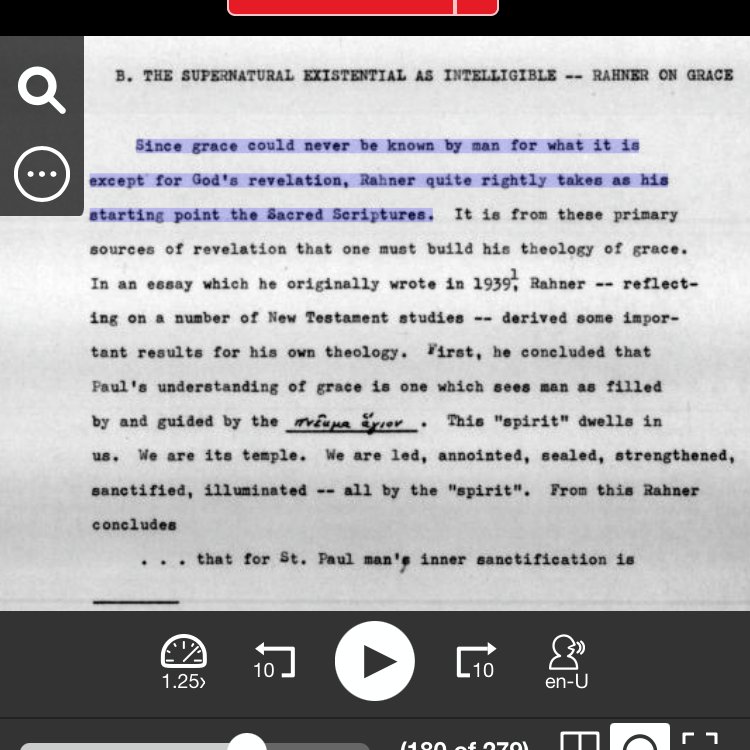
As we have seen, the idea that all men have the Indwelling of God inside of them and the breaking down of the distinction between nature and grace are hallmarks of modernism.
Rahner would go on to essentially deny that faith in the strict sense is necessary for salvation, and that the sincere practice of non-Christian religions brings about objective divine revelation. 

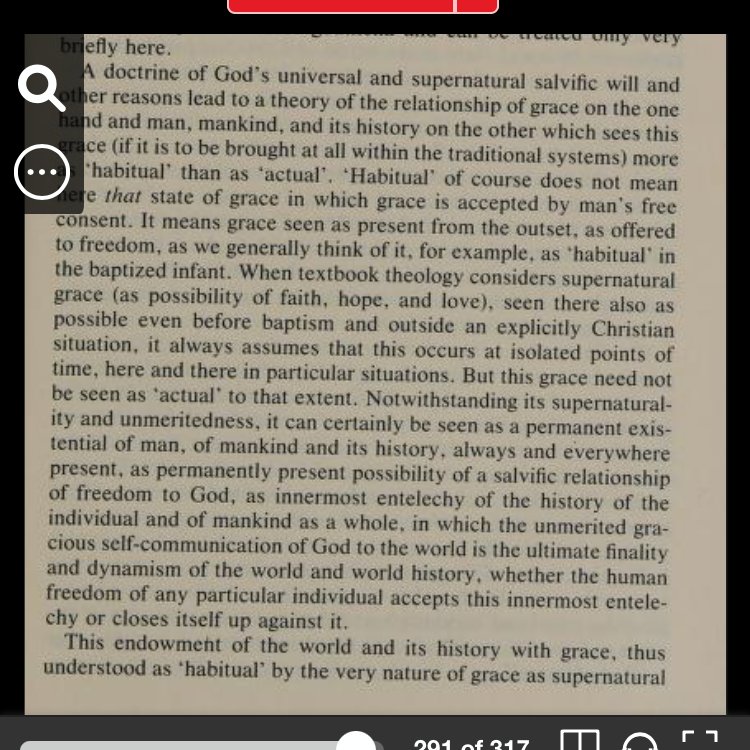

Mediation of Christ's salvation occurs through the authentic prayers of non-Catholic religions, and even by an atheist following his conscience... 

The sincere practice of non-Christian religions can bring about authentic expressions of prayer, due to the universal salvific will of God, the permanent supernatural existential, and the indwelling of the Spirit. 


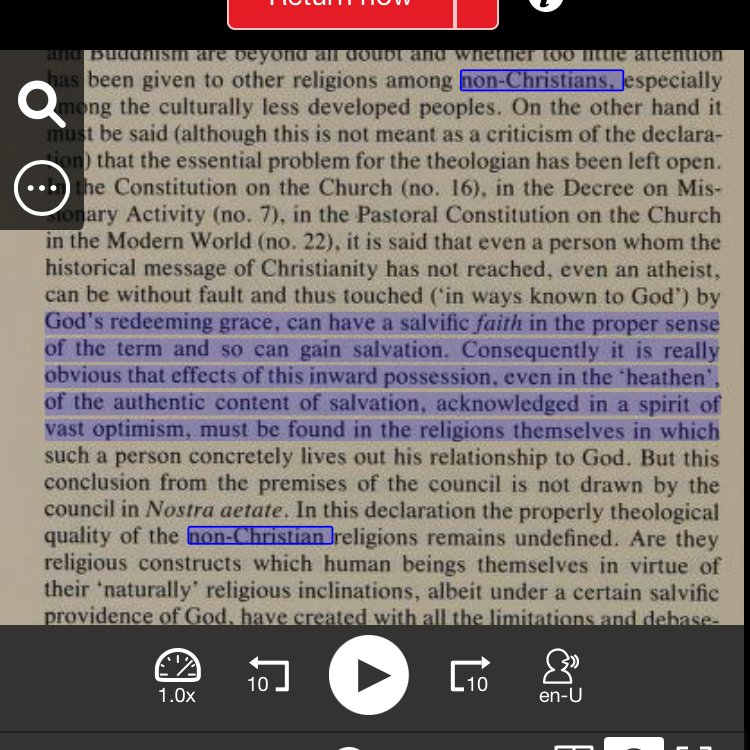


These ideas are found in his “Theological Writings, Volume 18.Another work someone could consult is William Shepherd’s “Karl Rahner and the Problem of Nature and Grace.” 




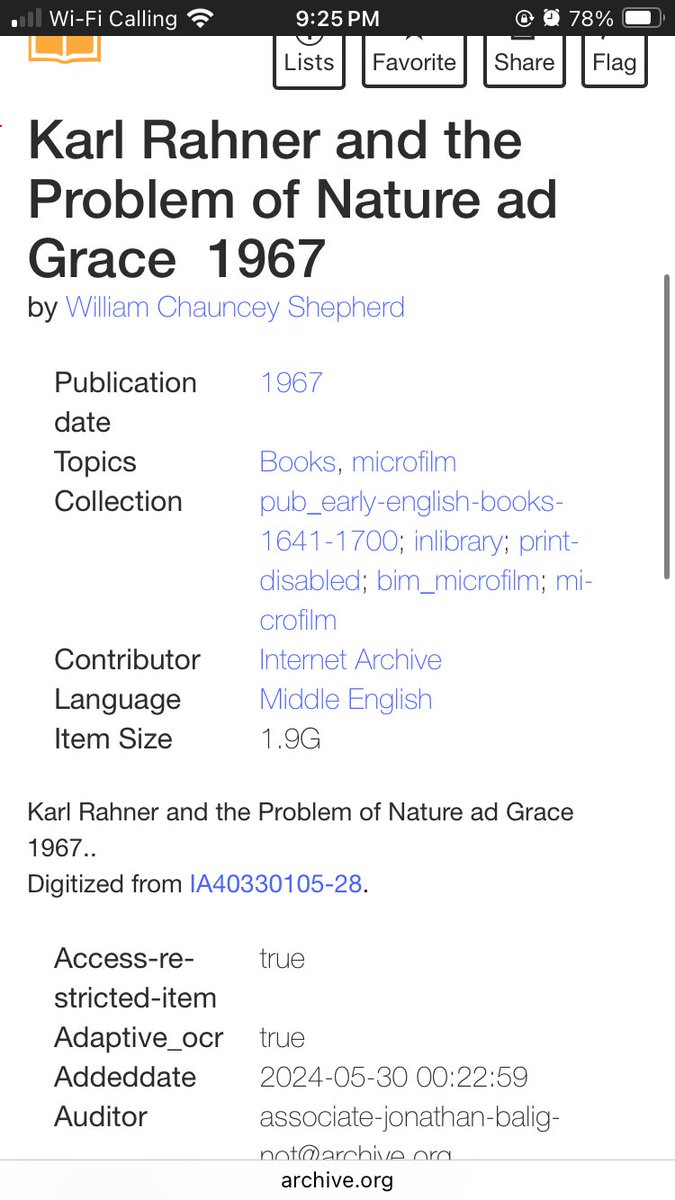
In Rahner we see another baptizing of the immanentist methodology. Indeed, his school of thought is known as Transcendental Thomism. The above concepts and ideas would majorly influence the documents of Vatican II and one of the most popular implementers of the Council.
Enter Wojtyla, who would go on to become John Paul II, one of the most famous claimants of the papacy in the 20th century. 
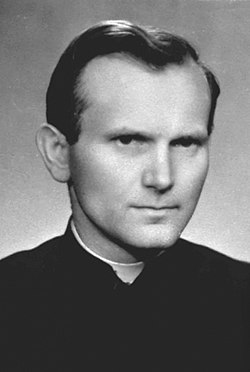
In the 1950s Wojtyla finished his habilitation thesis on an apostate phenomenologist known as Max Scheler. This man not only rejected Catholicsm but became a pantheist and philosophical anthropologist. 

While Wojtyla was critical of some aspects of Scheler, he did not disagree with his phenomenologist methodology or philosophy. Much like Blondel with Kant, Wojtyla sought to beat Scheler by using the tools of Scheler. 

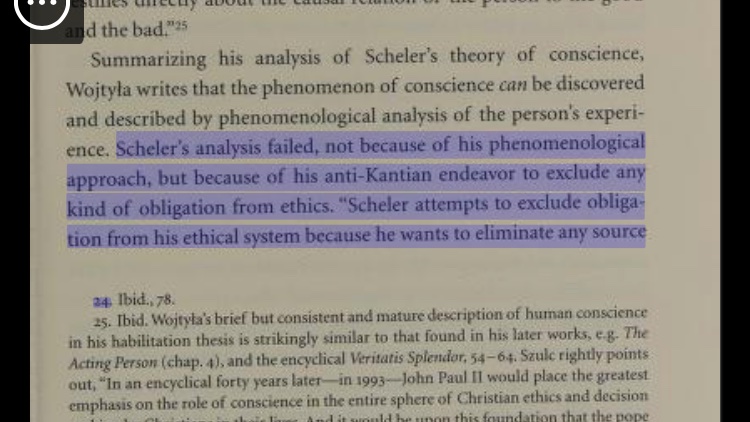
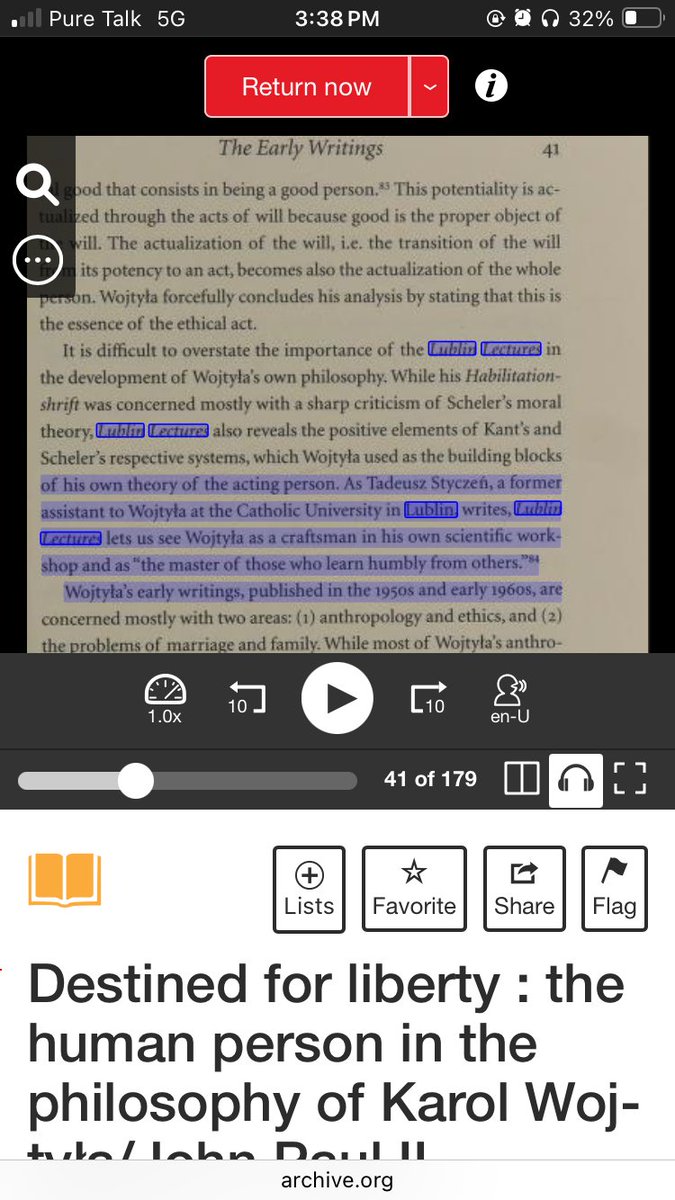
Wojtyla was introduced to the writings of St. Thomas through a textbook written by a Transcendental Thomist. He said this teaching and his introduction to Scheler were the most profound moments of his life. 

At Vatican II, Wojtyla became good friends with de Lubac, who was profoundly influenced by Blondel. While not identical to de Lubac, he is the closest any other theologian can be to Wojtyla on the concept of grace and nature. 

In 1969 Wojtyla finished writing "Person and Act" which cites Blondel. This was a phenomenological work on human action, subjectivity, objectivity, and transcendence. 

JPII Scholars such as Caitlin Jolly have noted that there are points of contact between Blondel and Wojtyla 

Shortly after Rahner wrote vol. 18 of his theological writings, Wojtyla hosted the Assisi prayer meetings and taught almost exactly as Rahner did on non-catholic religions and prayer.
I. Due to the universal salvific will, the Holy Ghost is present in every human heart (just like the supernatural existential) 

II. The Holy Ghost cooperated with the founders of other religions (who had an interior primordial openness to God) to help them self-transcend and achieve religious experience. 
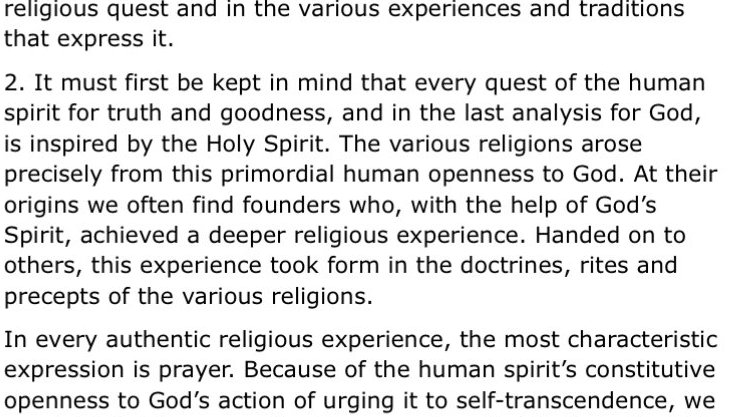
III. Since the Holy Ghost dwells in every soul and helps inspire prayer, non-Catholic idolatrous worship can be authentic forms of prayer (as featured at Assisi). 
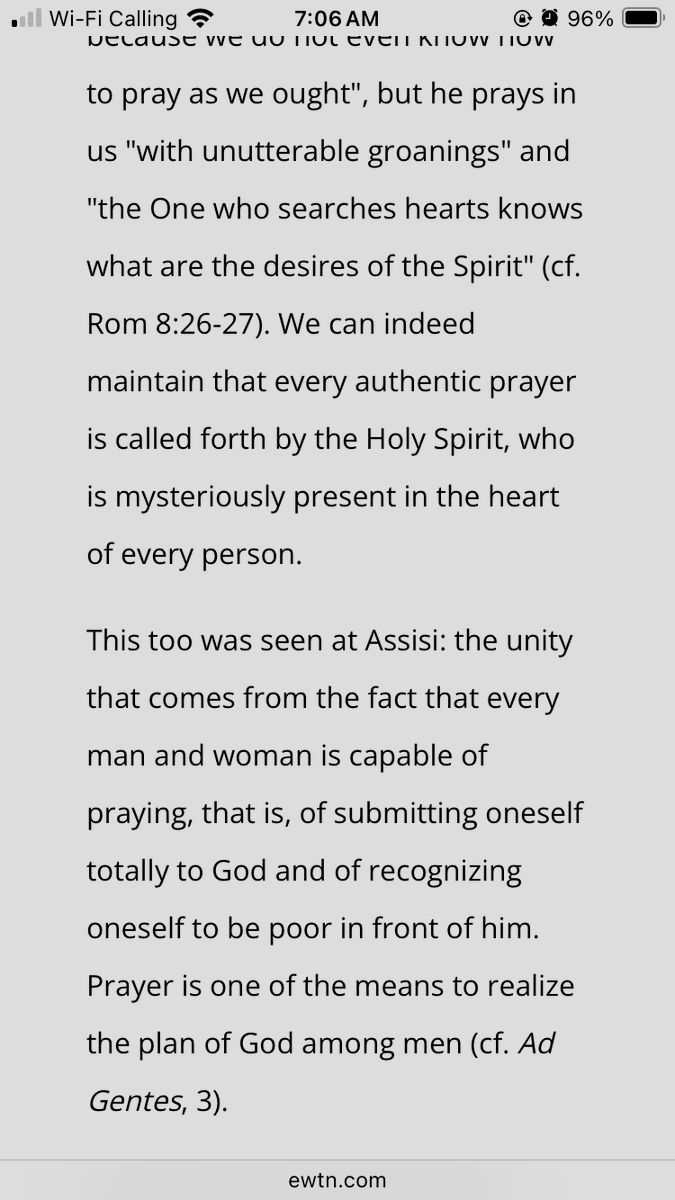
IV. Non-Catholic are saved through the sincere practice of their religious rites. The Church has a relationship with non-Christian religions, an inchoate reality of the kingdom of God is in them. 


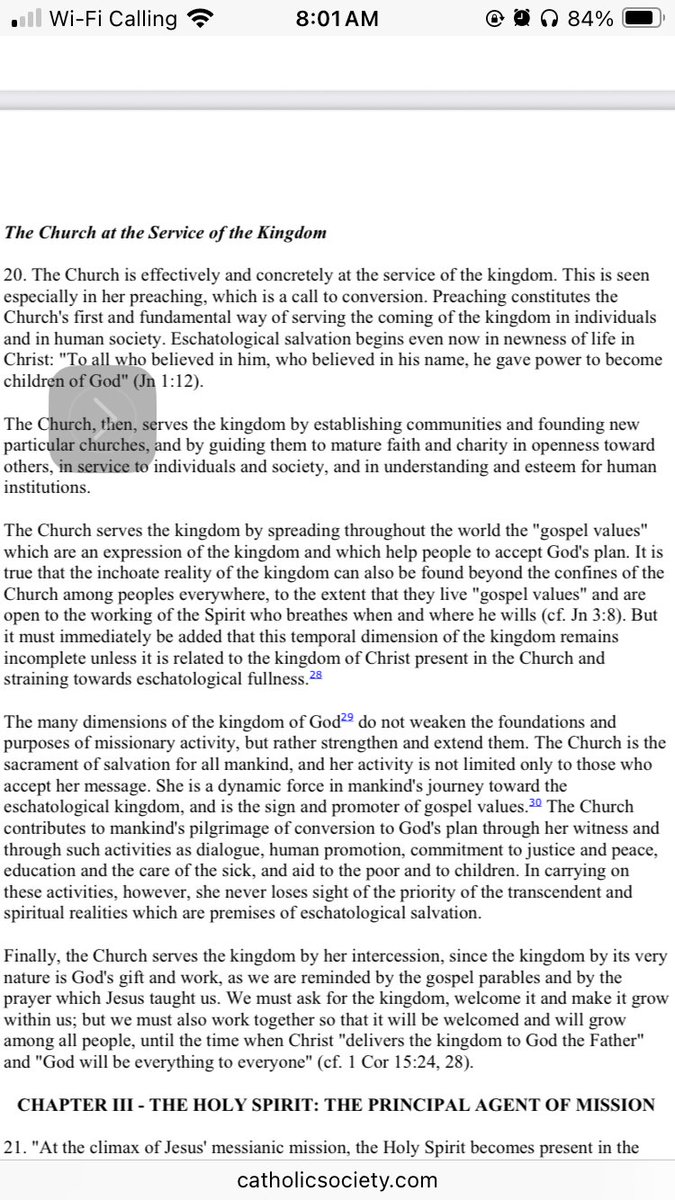
These beliefs were all grounded in his phenomenologist, transcendent thomist, and personalist background. He confirmed the influence of Blondel in a letter written to the archbishop of aix. (Thank you Grok for the translation) 


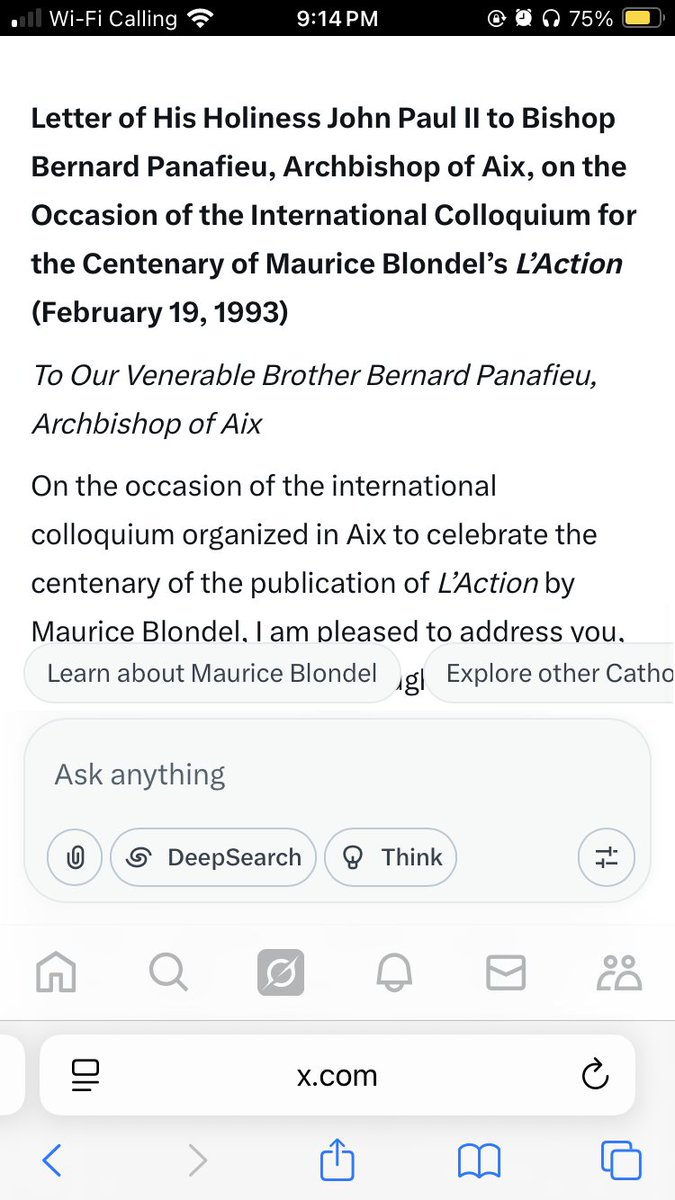
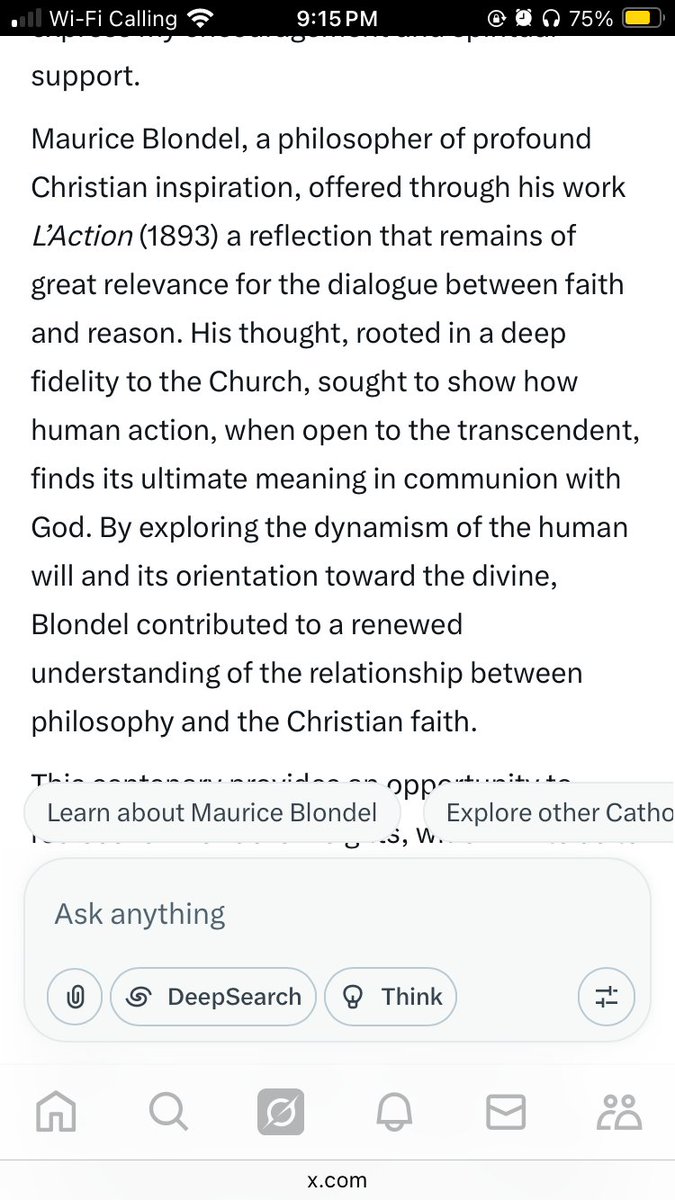

In conclusion, Karol Wojtyla was a neo-Modernist, if not, a card carrying modernist. He built upon the teachings of Blondel, de Lubac, and Rahner in his putative Magisterium. He could not have been a true Pope.
@threadreaderapp unroll.
• • •
Missing some Tweet in this thread? You can try to
force a refresh




